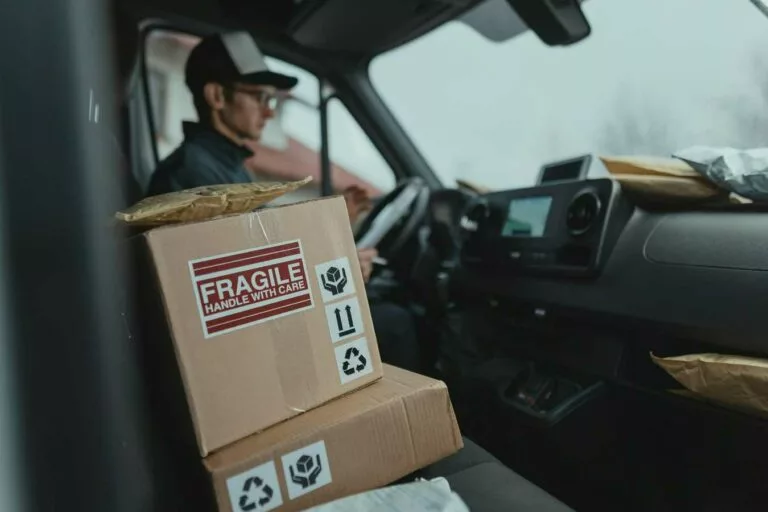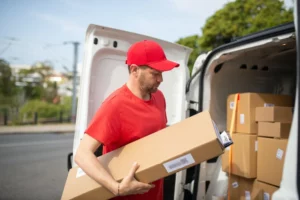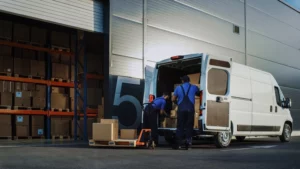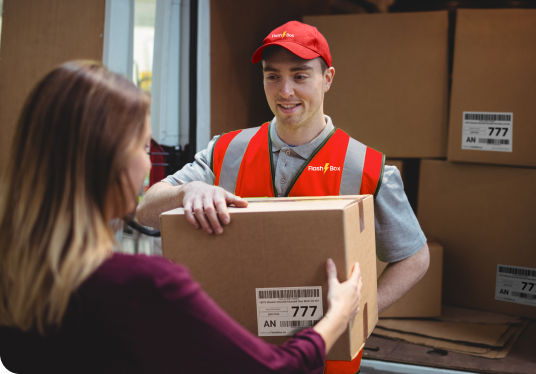Last-mile delivery is the last stage in the delivery process where the item moves from the transportation hub to its final destination. It represents a major pain point for companies, presenting several challenges. For most companies, last-mile delivery requires a balancing act between profitability and customer satisfaction.
Last-Mile Delivery Costs
Last-mile delivery represents the most expensive and time-consuming stage of the delivery process. The costs associated with last-mile delivery typically represent around 53% of the total shipping.
Globally, the average cost of last-mile delivery is $10.10, the average cost that the consumer pays is $8.08, while the average cost that consumers are willing to pay is $1.40. This represents a major disparity in expectations between businesses and consumers.
Customer Demands
Customers have high demands when it comes to the delivery of their parcels. 48% of consumers demand next-day delivery while 23% demand same-day delivery. 55% of consumers say that their brand loyalty would increase if the company offered a two-hour delivery slot.
Consumers are increasingly choosing the companies they do business with based on shipping costs and delivery times. In fact, 63% of shoppers will abandon their shopping carts if the shipping costs are too high. In addition, 75% of online shoppers expecting that their product will be shipped the same day.
These statistics show just how high consumer expectations are concerning receiving the products they purchase online. For the average company attempting to handle last-mile deliveries internally, it must create a degree of discomfort. This is because as the logistics of meeting some of these expectations would be cost-prohibitive in many instances.
Profits and Last-Mile Delivery
Last-mile delivery costs are seriously eroding companies’ profit margins, with profit margins expected to fall by 26% or $146 million over the next few years if companies cannot optimize last-mile delivery.
The Reality for Business
Last-mile delivery problems will be causing businesses some sleepless nights, especially if they are managing the process internally. The unfortunate reality for these companies is that the cost will make a serious dent in their profits over the next few years. The seriousness of the situation is emphasized by the 41% of businesses collaborating with other companies, including competitors, to improve logistics cost and service.
For businesses to overcome these issues, they will have to look externally for strategic partners so that they can bring these costs under control. Many businesses have already begun to do this, with 63% already increasing their outsourced logistic services. Businesses that handle last-mile delivery internally are likely to struggle if they do not look externally.
Despite the statistics, things are not all bad; a number of operators have stepped up and are providing a range of different options that will help bring these costs under control while better meeting consumer expectations. A range of new technologies, such as drones, are yet to be deployed on a large scale. These technologies will assist businesses to lower costs as they slowly come online.





